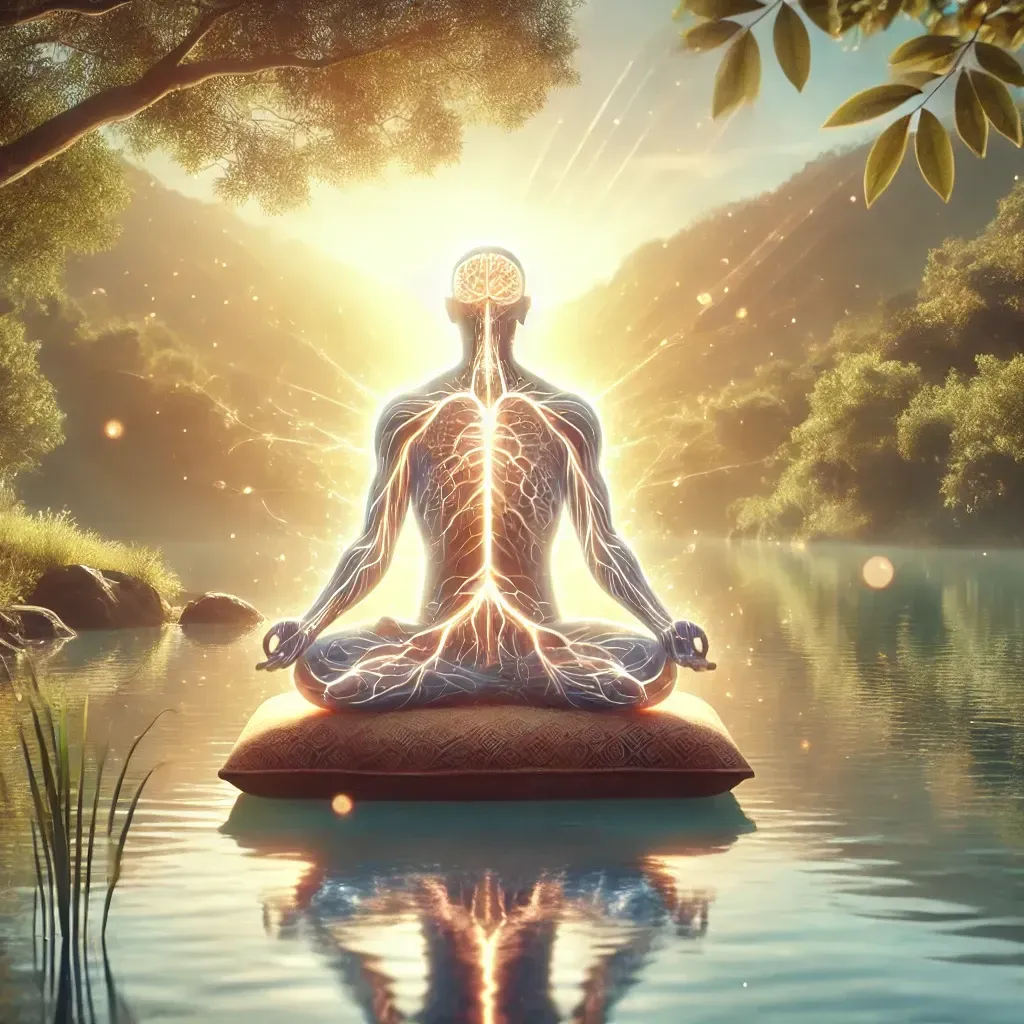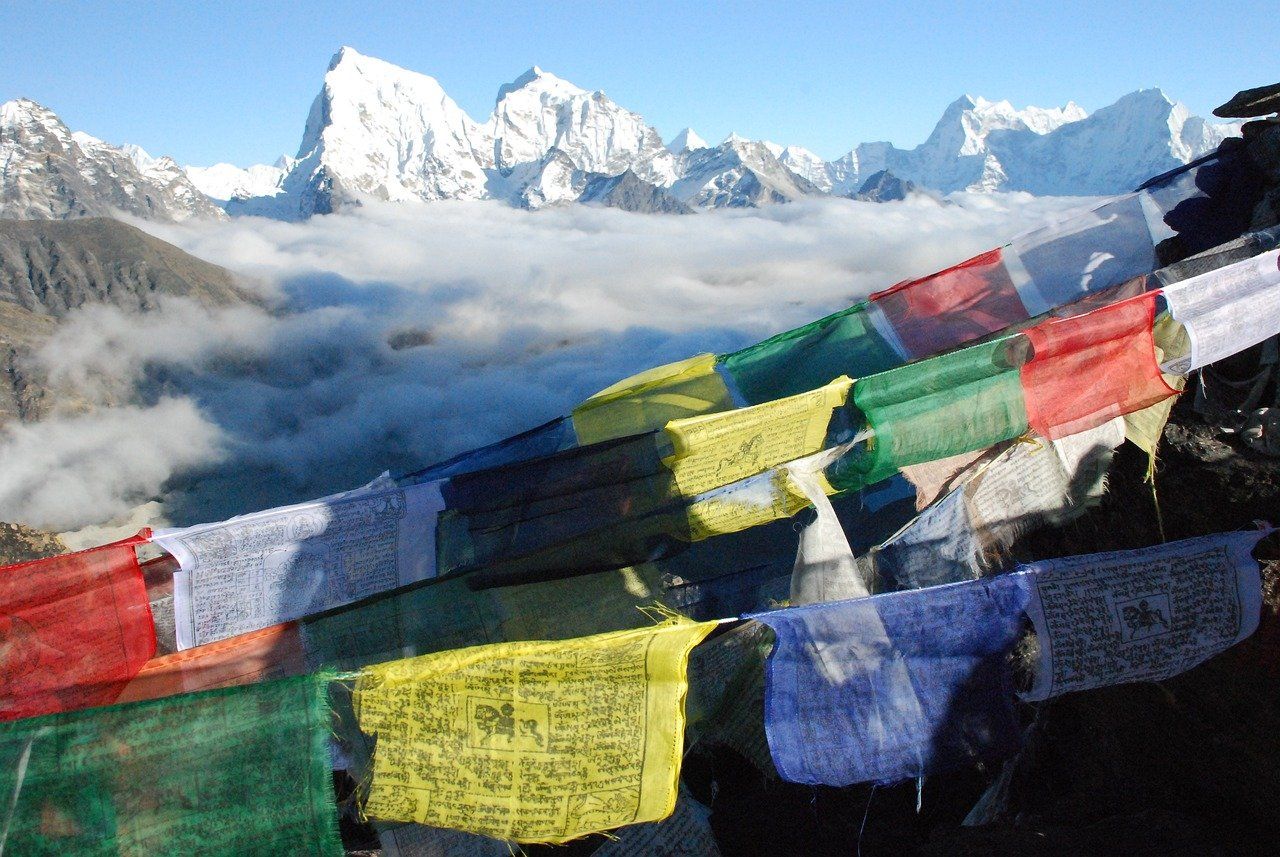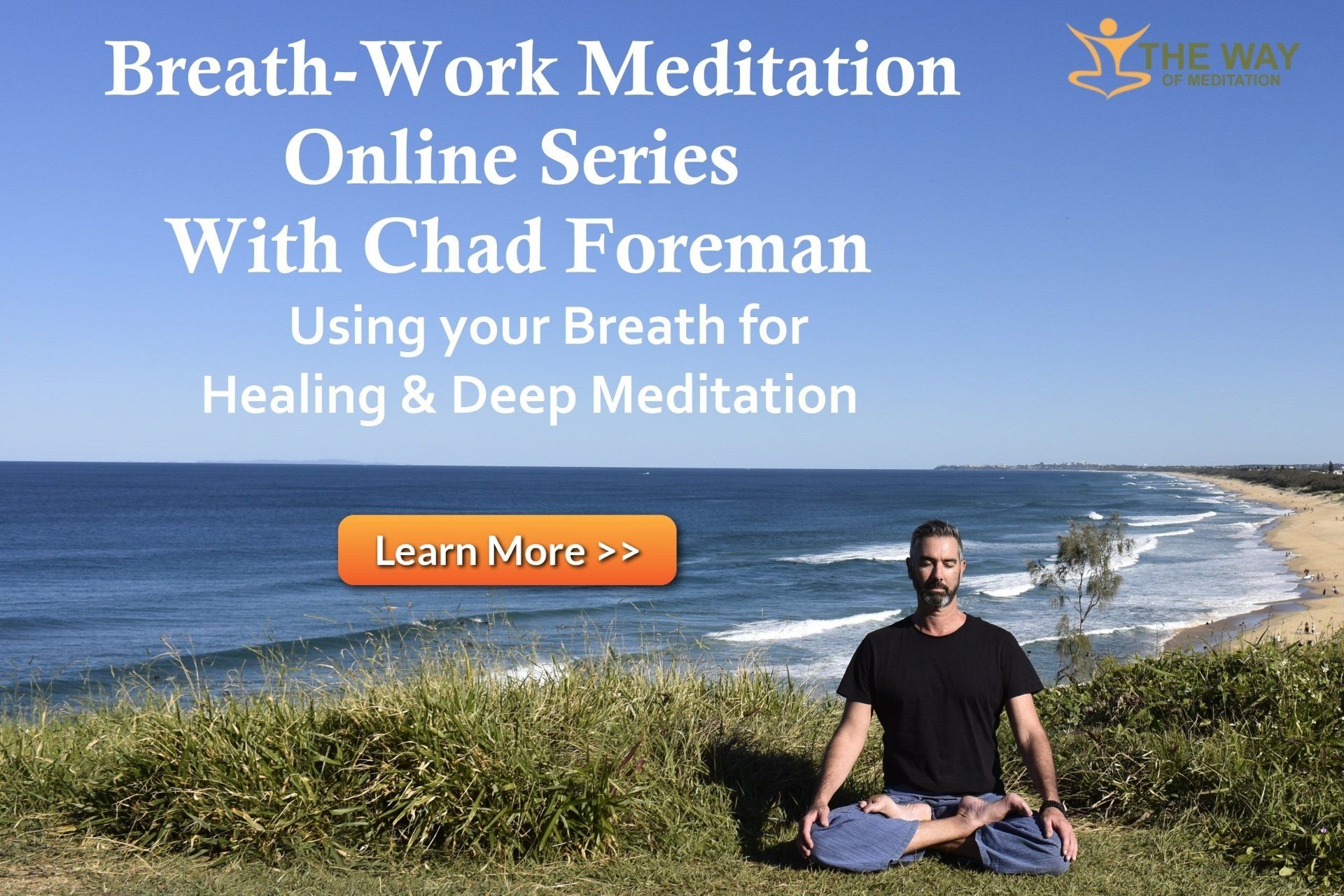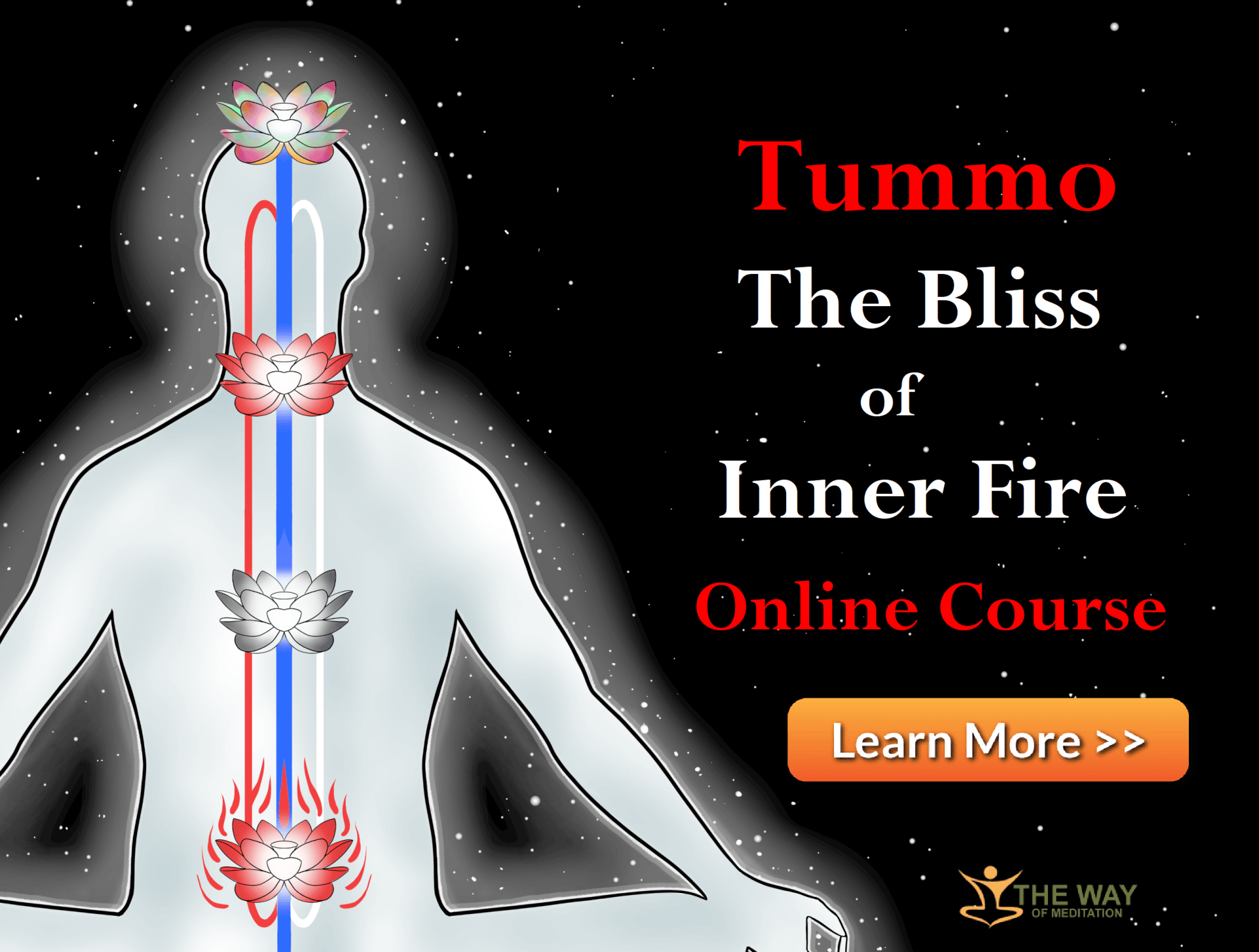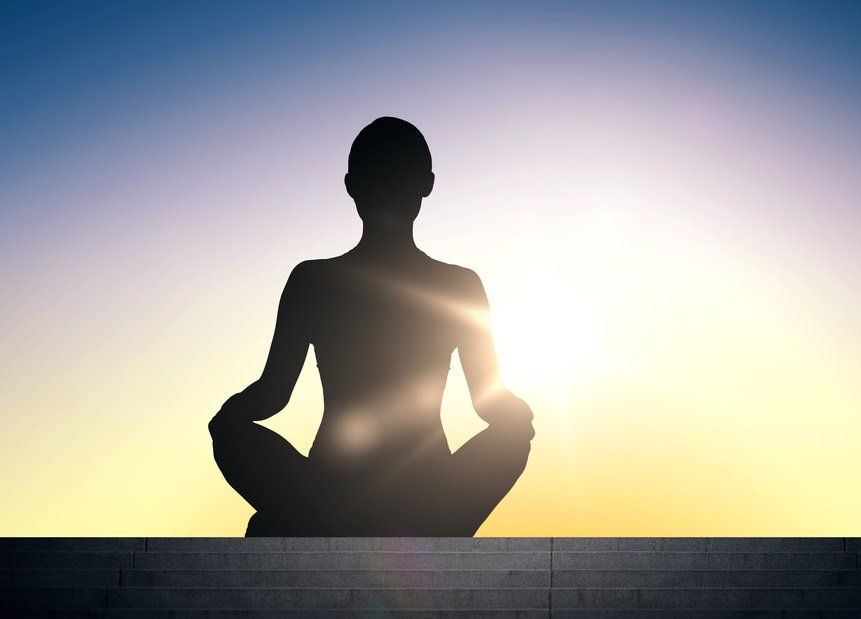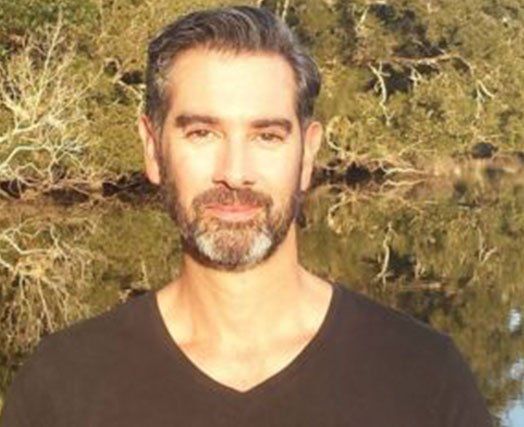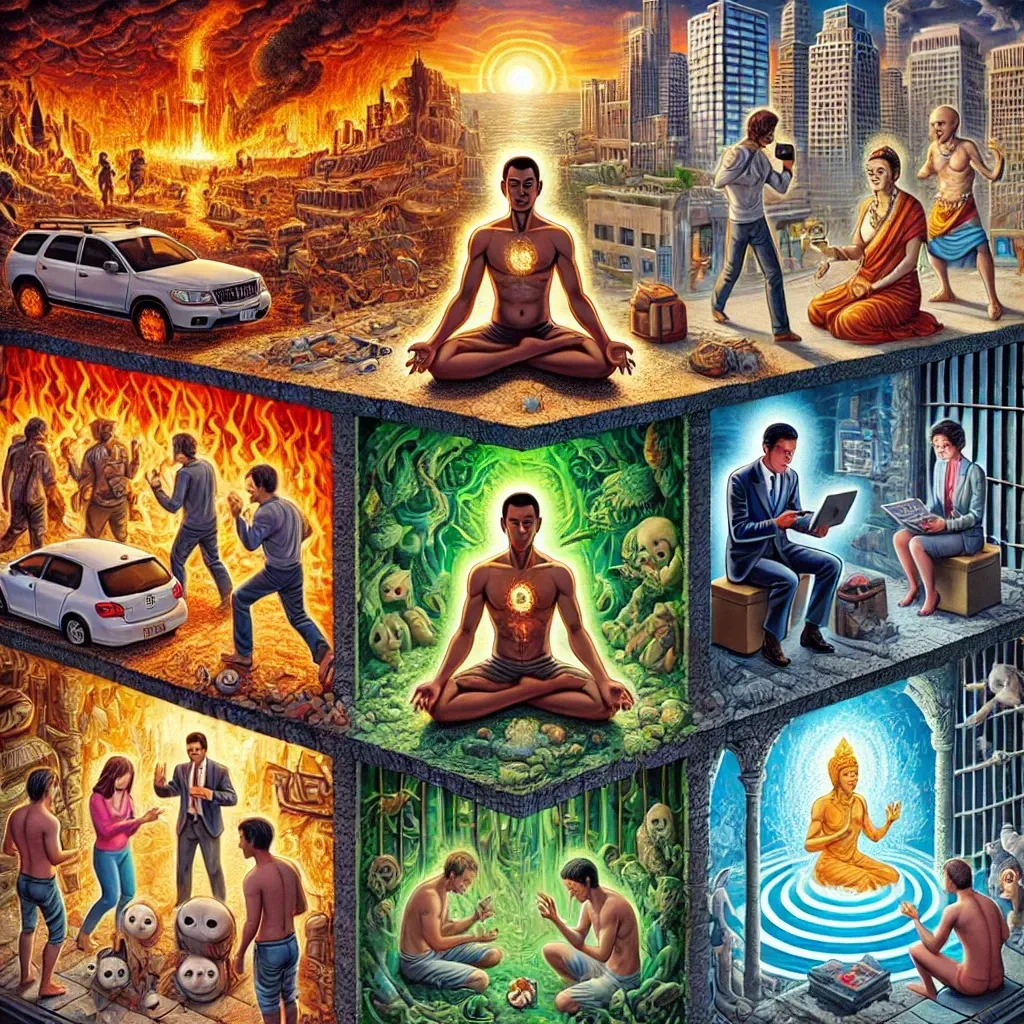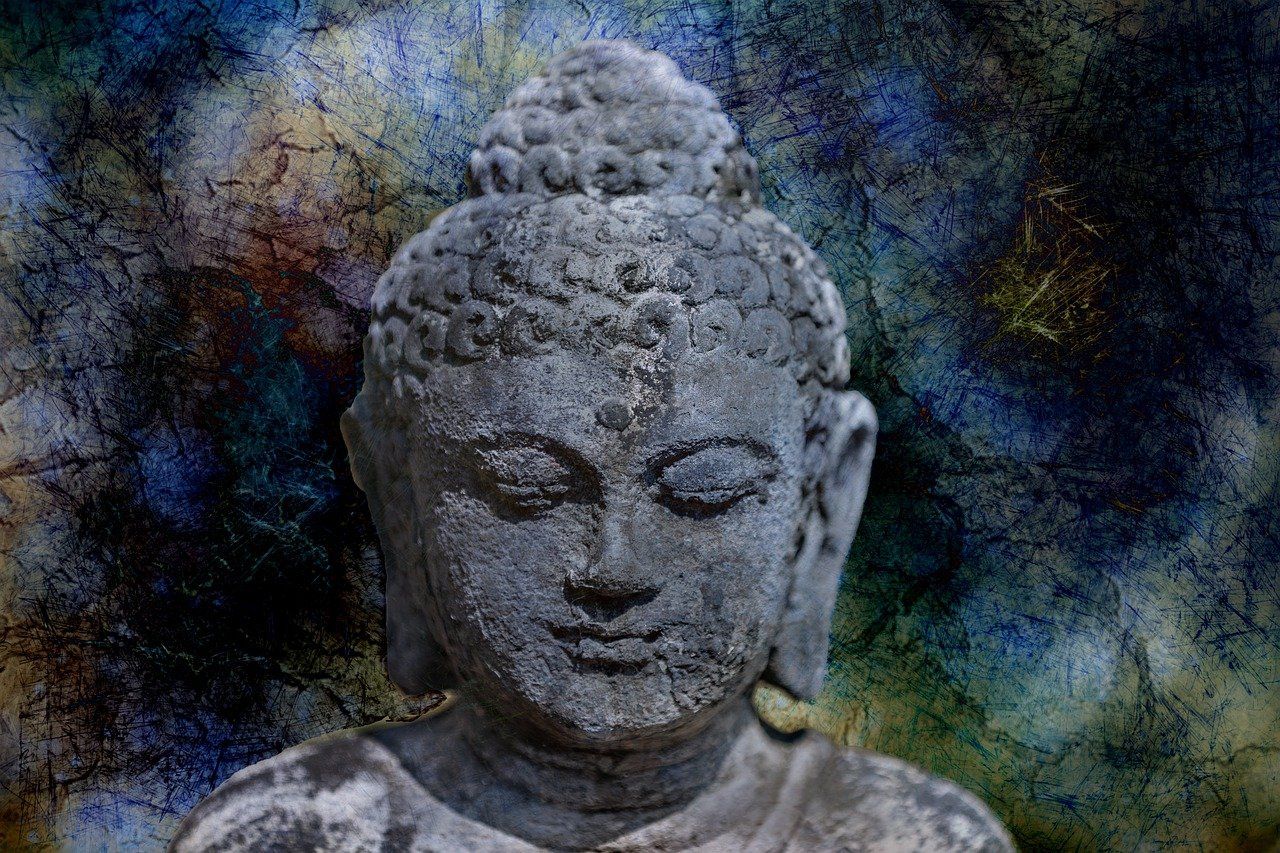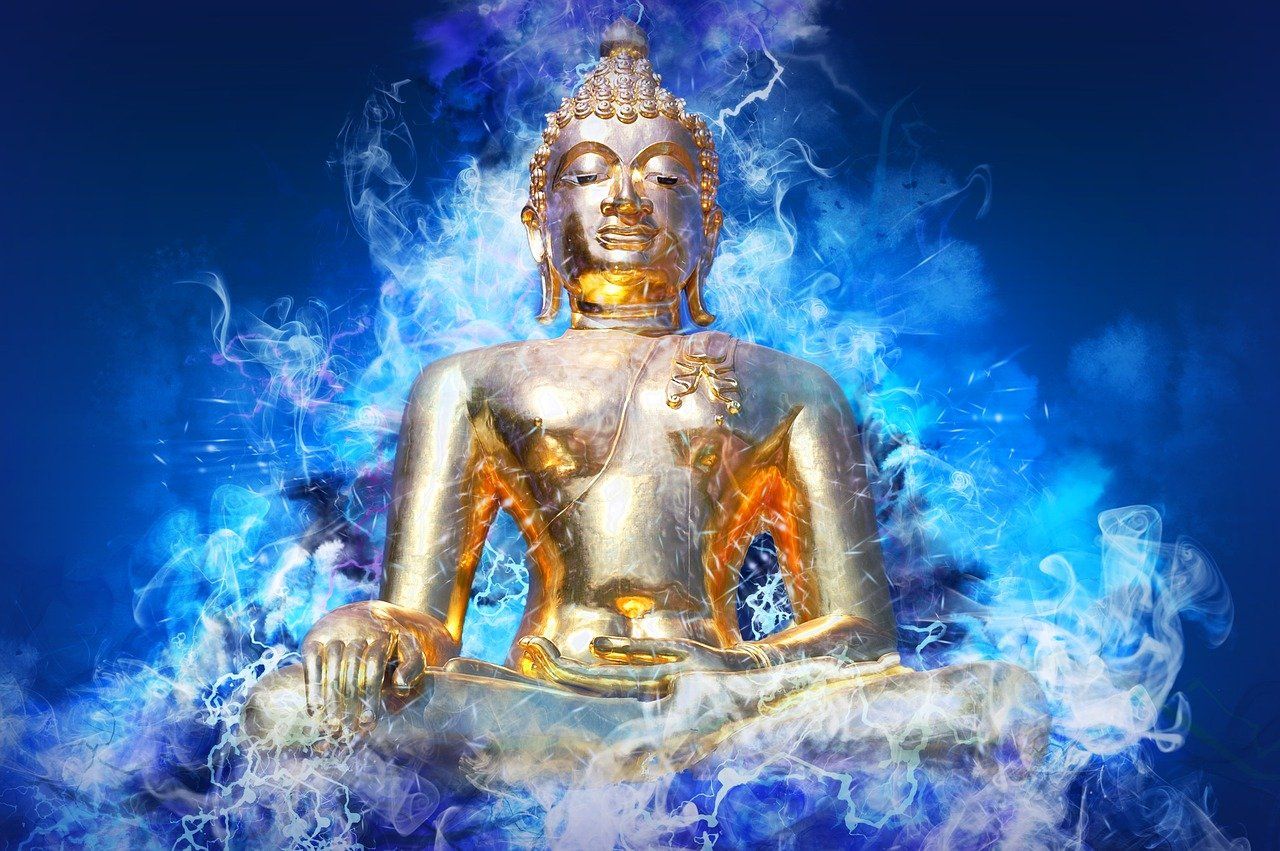Meditation Master Reveals Short-Cut to Inner Peace
Inner Peace
Meditation can be said to access a timeless state, in that sense it takes no time at all to discover the hidden treasure within. Some methods need time to develop and are causal. Which means the meditation methods are causes for virtues, concentration and wisdom which are all extremely valuable things to cultivate and nurture in your life. However there are methods within Tibetan Buddhism in particular which are called ‘pointing out instructions’ which point directly to something within you that is already present, complete and waiting to be discovered. As Tenzin Wangyal has said:
Here I am going to introduce you to three lights to turn on which can immediately dispel the darkness of agitation, confusion and distraction. Don’t be fooled by the straightforwardness of this technique, herein dwells its power, as Bruce Lee once remarked:
“simplicity is the key to brilliance.”
Firstly a brief background to why this technique is so powerful from the Buddhist perspective which will also shed some light on why meditation is so powerful in general as a spiritual practice. As I mentioned early there are causal techniques and direct techniques this method encompasses both. There are three ways or three actions that can cause negative karma, they are through what are known as doors : actions of body , speech and mind . This is fairly self explanatory and reveals why the Buddhist Noble Eightfold Path revolves around actions of body, speech and mind for example for body it’s right livelihood and wise actions, and for speech it’s no lying or gossiping and mind it’s right or wise intentions, concentration and view.
“So this method purifies the three doors of body, speech and mind whilst simultaneously connecting you with your immanent true self.”
Ok, I could on and on about why this method is so good but I’ll just introduce it to you and hopefully you can try it out straight away. Firstly sit still , this purifies the karma door of body, then to don’t make a sound , this purifies the karma door of speech and lastly do not react or be moved from mindfulness by thoughts or sensations this purifies the karma door of mind. Unlocking a powerful inner peace and freedom.
Your aware essence is still , silent and also spacious like the sky which can allow all things without being affected by them. Since the body and mind are so closely connected; to sit still gives you an experience of the stillness of awareness. Like I said this is a simple technique your mind will reject it, but try it right now, just sit up a bit straighter, don’t move and notice that you can instantly sit still and experience how that feels as a whole and what effect it has. Even though this method is rooted in profound philosophical knowledge it is not a philosophy, and I apologise if I’ve confused you with talk of karma and doors and purification.
“Just sit still and notice that you are sitting still.”
Next be silent, don’t make a sound. Right now you are probably not talking because you are reading so just notice that you are being quiet. This is the key and the extra bit that needs to happen is – the noticing . Even if there ares lots of noises around you, you can still notice that you are not making a sound yourself, this is a method to connect you with silence even in the midst of sound. Again try it now:
“Notice you are not making a sound.”
And finally not reacting; this is actually a combination of your mind sitting still and being silent – not getting caught in thoughts. Just like you can be silent in amongst noise your mind can be quiet in amongst constant thoughts. Don’t try and stop the thoughts just do not let your mind ‘get up’ and follow then. Let your mind sit still on throne of mindfulness without being moved or distracted. The noticing or realising also helps enormously with a key factor of mindfulness training which is introspection.
People often ask me how do I know if I’m doing meditation correctly. Noticing whether you are involved with thoughts or just the detached witness is the key. This is the skill of introspection and you must develop it to know whether you are distracted or resting calmly on your object of meditation. Noticing that you can let thoughts come and go without engaging with them or getting lost in them is the last part of this technique.
The last noticing is very subtle, I have explained it as noticing a non-reactionary aspect of awareness but deeper still is the realisation of the very space of awareness. By not reacting you can notice the deeper nature of awareness being exactly like space that allows every experience to occur. This is the most profound and deepest realisation and noticing this is the greatest refuge and most profound insight. It is actually your real nature. Your true self.
Ultimately these three doorways when cleansed lead to the incomparable direct experience of your true undefiled being, which is open and warm, clear and radiant. Recognising stillness, silence and non-reaction or space are what Tenzin Wangyal calls the three inner refuges. Not a philosophy or religion but something everyone has or more correctly what everyone is. A refuge from confusion and emotional pain, a refuge from the mistaken identity of ego.
Once practised within a formal sitting meditation these three inner refuges can be recognised during normal daily life. You learn to shift your attention away from chaos and confusion and turn it toward stillness, silence and spaciousness. This can bring lots of small moments of clarity allowing glimpses of inner peace to permeate the realms of the ordinary – awakening the luminous wisdom and compassion of your enlightened core and shinning it into the world.
Another great meditation master Dilgo Khyentse Rinpoche expressed this short-cut to stillness, silence and spaciousness in these three concise instructions for meditation:
“Simply Sitting,
Simply Breathing
& Simply Being”
Written by Chad Foreman
Chad Foreman is the founder of The Way of Meditation, has been teaching meditation since 2003, determined to bring authentic meditation practices into the lives of millions of people in the modern world. Chad is a former Buddhist monk who spent 6 years living in a retreat hut studying and practicing meditation full time and has now has over twenty years’ experience teaching meditation. Chad holds regular Meditation Retreats on the Sunshine Coast Australia, has Online Meditation Coaching, delivers three online programs - The 21 Day Meditation Challenge to help guide people gradually from the basics of mindfulness and relaxation to profound states of awareness. Breath-work to help manage stress and go deeper into meditation and The Bliss of Inner Fire which is a Buddhist tantric method for purifying energy blocks and contacting the clear light of bliss. You can also now get Chad's free e-book Insights Along the Way.
Try This Guided Meditation On The 3 Stillnesses
Get A FREE
Guided Meditation Series
with Chad Foreman
